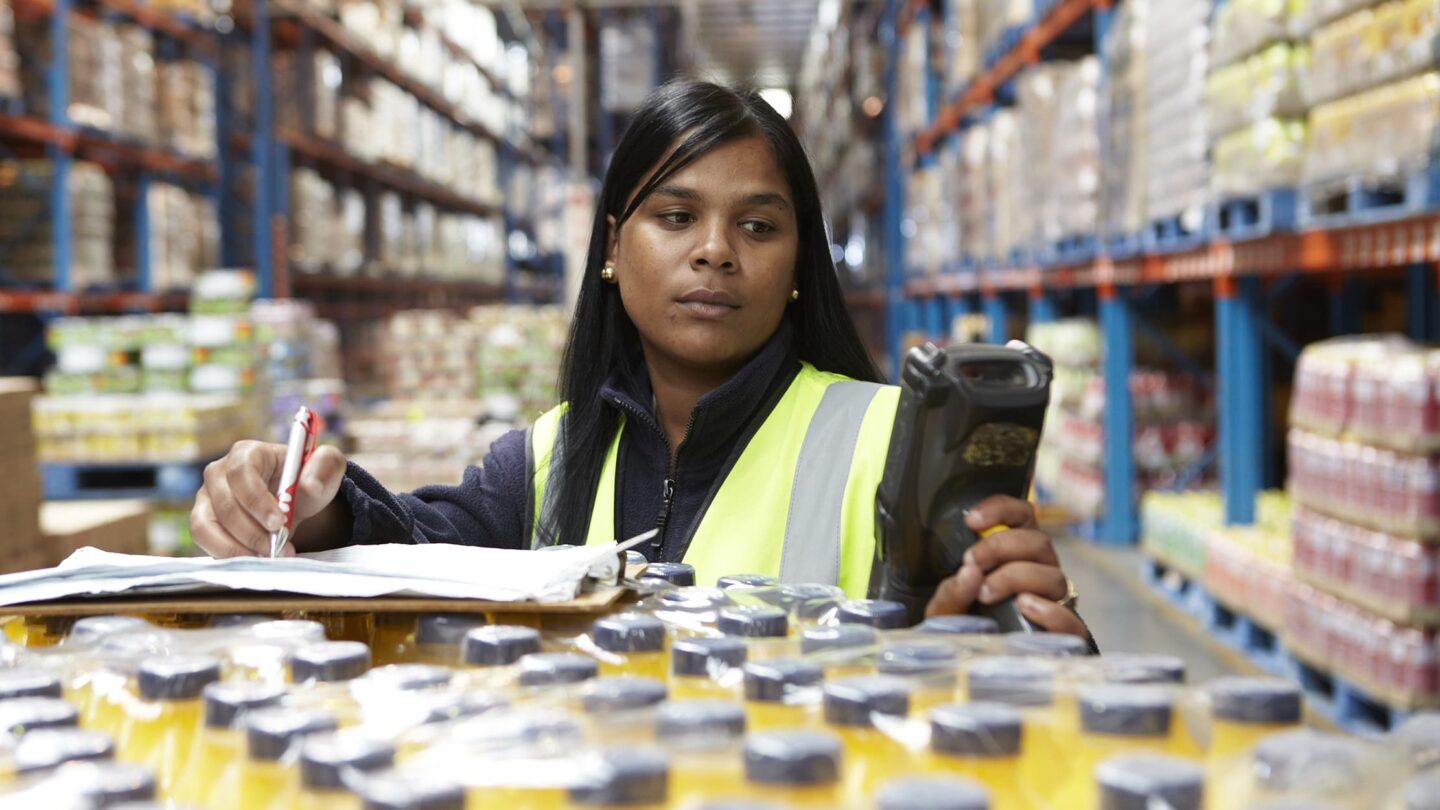Money Matters
The clear path forward (and backward) – traceability compliance under the new FSMA

Many components of the new FDA Food Safety Modernization Act (FSMA) Preventive Controls for Human Food (FSMA) rule take affect this year, so it’s vital for food and beverage manufacturers to have practices, procedures, and technologies in place to ensure their compliance. Perhaps the most challenging elements of the FSMA are the new traceability requirements, requiring most companies to make a significant investment in tracking and documenting their supply chains. As part of our continuing series focusing on the FSMA, we take a closer look at traceability requirements, and why a business technology solution may be your single best ally in achieving and maintaining compliance.
What is product tracing, and why is it important?
In general, a product tracing (traceability) system involves documenting the production and distribution chain of products so that in the case of an outbreak or evidence of contaminated food, a product can be traced back to a common source or forward through distribution channels.
Traceability enables government agencies and food manufacturers and distributors to take action more quickly when an outbreak of foodborne illness occurs or a contaminated product is identified. Actions may include removing a product from the marketplace, and alerting the public if a product has already been distributed.
Many producers, manufacturers, and retailers have traceability systems in place but they vary depending on the amount of information collected, how far forward or backwards in the supply chain the system can track, and the precision and speed with which the system can pinpoint a product’s movement.
Are we in compliance?
Here are just a few of the questions you should be asking yourself to determine the level of traceability your company has for its products. These are all expectations for a food manufacturer under the new FSMA rule:
- Can we produce a report that show where everything comes from, and where it goes, accounting for each pound/ounce/liter?
- Can we choose any lot of a raw material received, and through forward-tracing, account for all the finished goods that it went into?
- Does the product packaging that we receive have unique lot numbers, and can we trace exactly which finished goods that it was used for?
- If a customer were to contact us with a complaint that had food safety implications, would we be able to trace that product back to all its ingredients? Would we then be able to forward trace where the rest of those ingredients went? How quickly could we do this?
Technology is your ally
It would be nearly impossible for a midsized or even a small manufacturer to perform the detailed level of tracking involved to meet the FSMA traceability requirements without a technology solution designed for the task. With strong traceability and integrated quality process controls, your organization can record the detailed movement of ingredients and finished goods at a lot level, from receipt through production, inspection, picking, and shipping – maintaining the required traceability throughout.
Special thanks to our partners at NexTec Group for contributing to this series.






Ask the author a question or share your advice